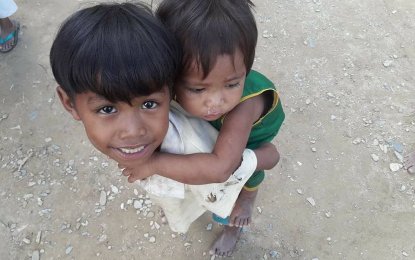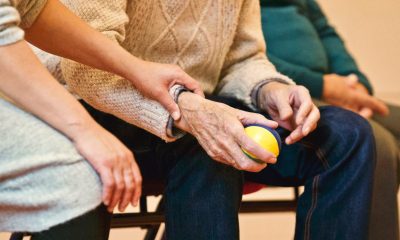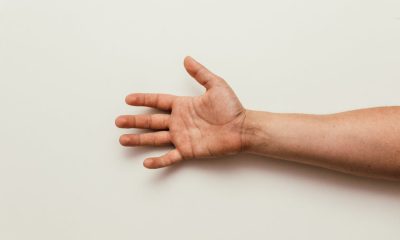Health
Poor children at greater risk for heart disease later in life

There were concerning trends throughout the research, according to Burgner, who said that even in those as young as two years of age, the initial signs of socioeconomic factors that lead to a higher chance of heart disease were evident. (pna photo)
SYDNEY, Aug. 11— Australian researchers released a study on Friday showing that children who grow up in lower socioeconomic backgrounds have a higher propensity to be afflicted with heart disease later in life.
The study conducted by the Murdoch Childrens Research Institute assessed nearly 1,500 Australian families and found that the family situation, and neighborhood, were contributing factors in the thickness of the carotid artery walls, with increased thickness attributable to a higher risk factor for heart attacks and stroke in adults.
Estimates from the Australian Institute of Health and Welfare suggested that over 4.2 million, or 22 percent of Australians over the age of 18 had one or more cardiovascular diseases between 2014 and 2015 and data from the current study suggested that of children who were the most financially disadvantaged were 46 percent more likely to have thicker carotid arteries.
A senior author of the study, pediatric scientist David Burgner, told Xinhua on Friday that it is common knowledge that cardiovascular disease is the “number one global killer” of adults, especially for people living in poverty.
“The process that leads to cardiovascular disease starts early in life, and develops silently through childhood, and causes disease in adulthood,” Burgner said.
“We were interested to see, and this is the first study that has done so, was whether we could see a relationship between relative social disadvantage and a marker of cardiovascular risk early in childhood.”
There were concerning trends throughout the research, according to Burgner, who said that even in those as young as two years of age, the initial signs of socioeconomic factors that lead to a higher chance of heart disease were evident.
In the course of the study, a number of those factors were taken into account, which Burger said was at the family level with parental education, income, and occupation while at the neighborhood level, with the affluence of the neighborhood being assessed, which the researcher said led to an “interesting” revelation.
“When we adjusted the known cardiovascular risk factors — exposure to direct smoke, being obese, diet, exercise — the relationship didn’t change,” Burgner said.
“So what that implies is that there are other factors that may be contributing, and one of them we are particularly interested in, is inflammation.”
Burgner said that inflammation is the “body’s response to injury and infection” and that those from lower socioeconomic backgrounds have higher instances of inflammation, according to this study and others.
“If inflammation becomes chronic and low level, it is known to be bad in terms of health outcomes. It underlies many of the non-communicable diseases including cardiovascular disease,” Burgner said.
“So it is a question of what is driving this inflammation and we are particularly interested in the role of childhood infection in this. If you are born into a less advantaged household and you have an early life infection, you may be more prone to have worse health risks as an adult.”
There needs to be more of a focus on the prevention of cardiovascular disease in the earlier stages of life, Burgner said, rather than a reactive approach that waits until the afflictions are already present during adulthood, but within the scope of infection possibly being a root cause, he made clear that any focus on childhood infection must follow a logical approach.





















